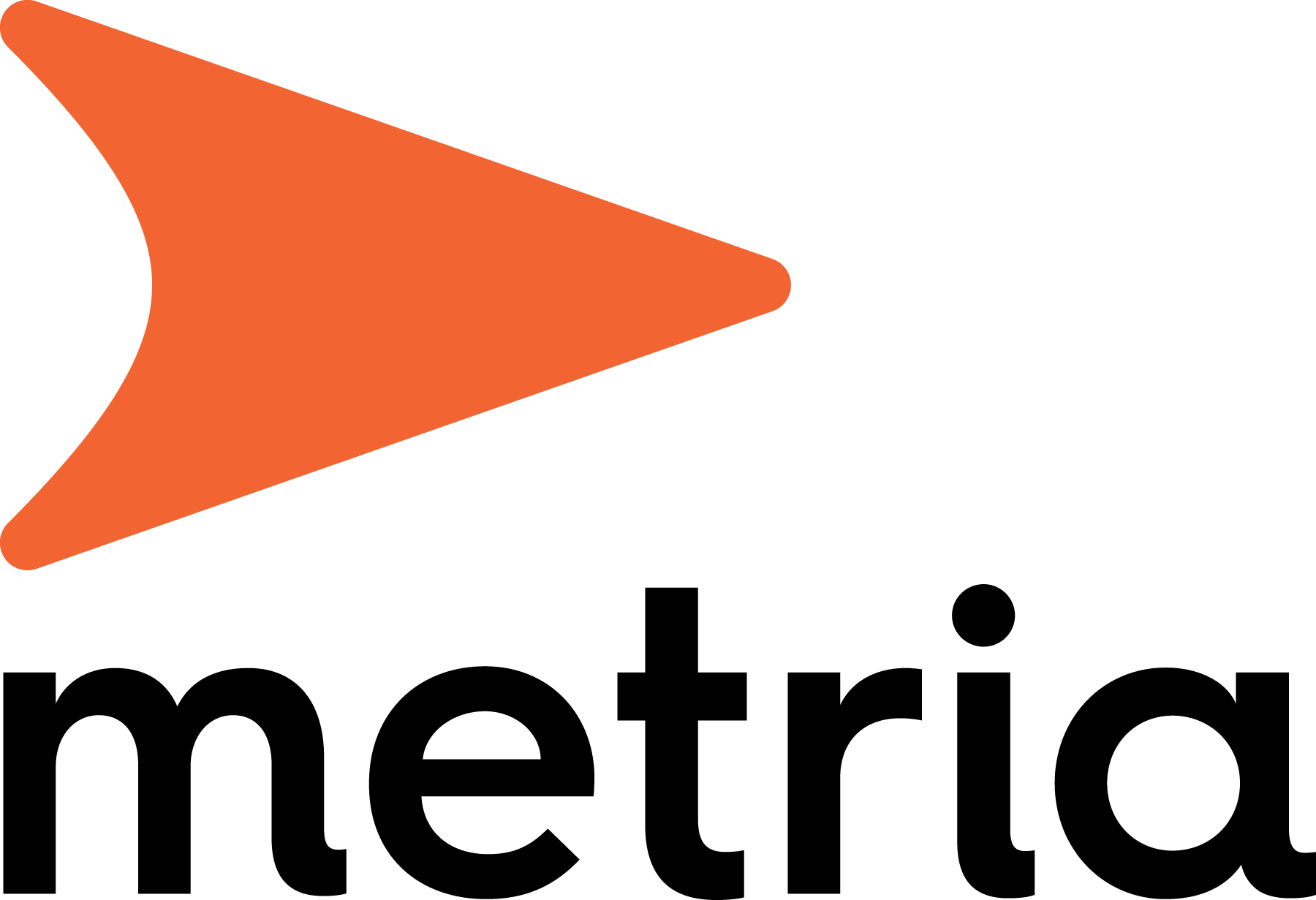Satellite data and remote sensing are now an integral part of many organizations' decision-making processes. With the right analysis, you can understand changes in landscapes, predict risks and follow developments over time - insights that save both money and resources.
However, satellite data only creates value when it is transformed into actionable insights. This is where Metria's expertise comes in: we help our customers perform the advanced analysis needed to create concrete decision support, customized to each customer's needs.
From government agencies and municipalities to forest owners, remote sensing enables you to see patterns, understand change and make better decisions for the future.
Remote sensing - from raw data to decision support
So what does remote sensing mean? Well, remote sensing is about automatically interpreting images from satellites to describe the reality on the ground. But to provide real value, it requires expertise: being able to process huge amounts of data, understand the quality and usefulness of satellite data, combine it with other geospatial data and present the results in an understandable way. In this work, machine learning and AI are important tools, but it is crucial to also have a good understanding of the satellite data to achieve good quality results.
Metria has extensive experience in transforming satellite data into insights that help companies and authorities make informed decisions.

Land cover measured in Kiruna using satellite radar data.
Examples of how our customers use remote sensing
1. Environmental and sustainability workSatellite data can be used, among other things, to find out what is on the ground, the so-called land cover, how it changes over time, where biologically valuable areas are located and how nature is affected. Metria produces National Land Cover Data (NMD) on behalf of the Swedish Environmental Protection Agency, the product is largely based on satellite data and laser data. NMD is available on the Swedish Environmental Protection Agency's website and is used by hundreds of companies and organizations in their environmental work.
The value: Effective reporting, comparable data and thus a transparency that simplifies dialog with both authorities and the public.

The National Land Cover Database was made across Sweden. The classification is largely based on both optical and radar satellite images.
By analyzing satellite data, we can detect changes in forests and soils or the need for action. Forest companies use these insights to plan and ensure efficient and sustainable forest management.
The value: effective planning, better control and reduced costs.
3. risk and climate mappingRemote sensing identifies areas at risk of flooding, erosion or forest fires. This type of analysis can be used to prioritize maintenance, plan investments and increase preparedness. On behalf of MSB, Metria has produced both Fire Fuel Mapping and Heat Mapping, which are available as services on the MSB website.
The value: Higher robustness of the infrastructure and safer communities.

Flooding due to heavy rainfall can be easily mapped using satellite imagery.


